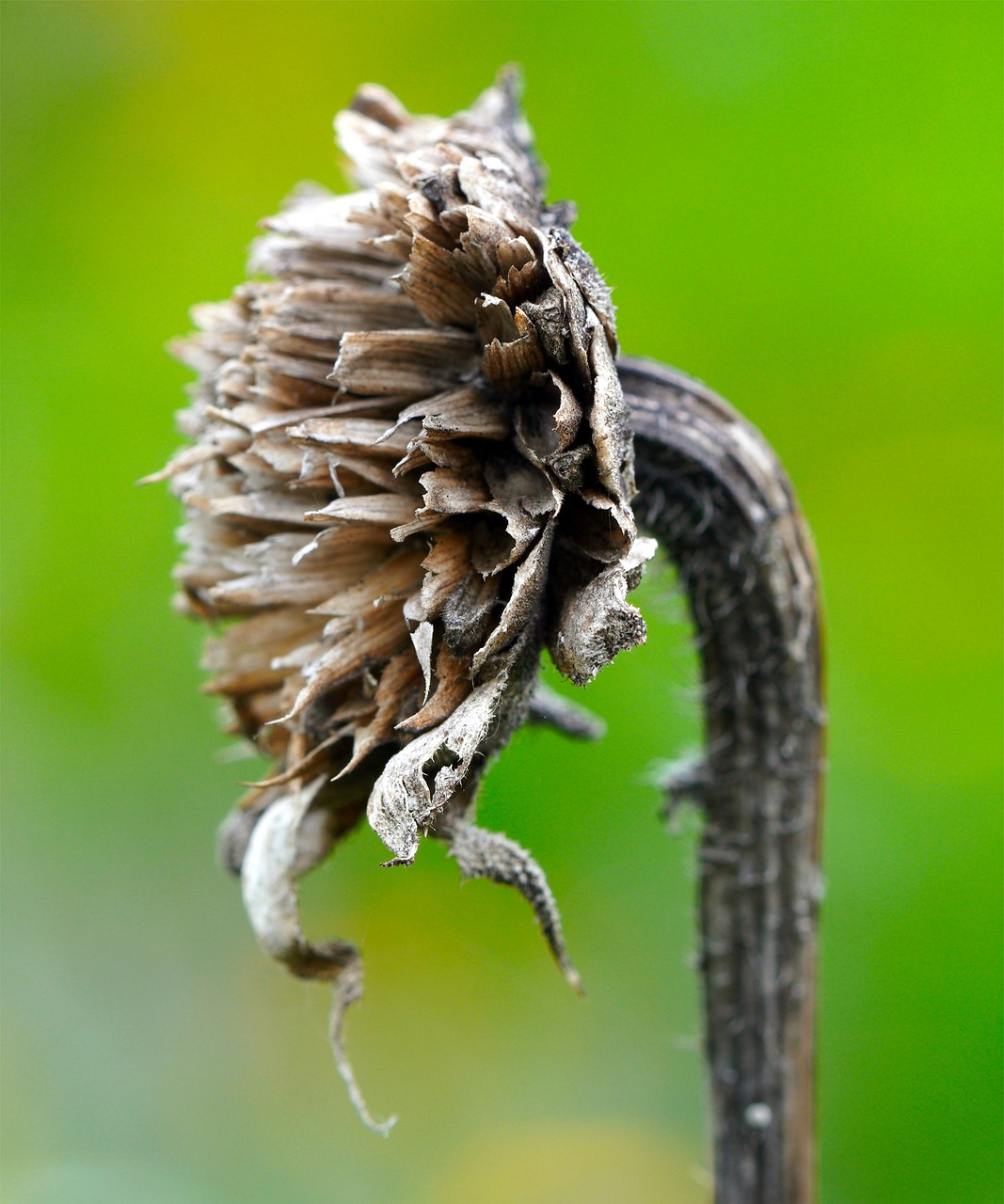Indoor plants can die for various reasons. Here are some common root causes:
- Overwatering: One of the most common issues. Overwatering may result in root rot and increase the risk of fungal infections.
- Underwatering: On the flip side, not enough water can cause plants to wilt and dry out.
- Poor Drainage: Soil that doesn’t drain well can hold excess moisture, suffocating roots.
- Inadequate Light: Different plants have varying light needs. Too little light can stunt growth, while too much direct sunlight can scorch leaves.
- Pests and Diseases: Infestations (like aphids or spider mites) or diseases can weaken or kill a plant.
- Nutrient Deficiency: Lack of essential nutrients can lead to yellowing leaves and poor growth.
- Temperature Fluctuations: Extreme temperature changes can stress plants. Most prefer stable conditions.
- Low Humidity: Many indoor plants, especially tropical ones, thrive in higher humidity. Dry air can cause leaf drop or browning tips.
- Soil Compaction: Over time, soil can become compacted, reducing aeration and drainage.
- Pot Size: A pot that’s too small can restrict root growth, while one that’s too large can hold too much moisture.
Identifying the specific cause can help you take the right steps to save your plants!
Reviving a seemingly dead indoor plant can be a challenge, but here are steps you can take to potentially bring it back to life:
- Examine the Plant: Check for any signs of life, like green stems or healthy leaves. If there’s still some green, there’s hope!
- Prune Dead Parts: Use clean scissors to trim away any dead or brown leaves and stems. This encourages the plant to channel its energy into strong growth.
- Inspect the Roots: Carefully take the plant out of its pot and inspect the roots. Healthy roots are usually firm and white. Trim away any mushy or dark roots, which indicate rot.
- Adjust Watering: Determine if you’ve been overwatering or underwatering. Water only when the top inch of soil feels dry, ensuring proper drainage.
- Repot if Necessary: If the soil is compacted or has poor drainage, repot the plant in fresh, well-draining soil.
- Provide Proper Light: Place the plant in an area with appropriate light conditions. Most plants prefer bright, indirect light, but check specific needs for your plant type.
- Create a Suitable Environment: Ensure the humidity and temperature are appropriate for your plant. Many indoor plants thrive in higher humidity.
- Be Patient: Recovery can take time. Keep the plant in a steady environment and avoid excessive handling.
- Fertilize Sparingly: If the plant shows signs of new growth, you can apply a diluted, balanced fertilizer to help it regain strength.
- Monitor for Pests: Check for any signs of pests and treat them accordingly if needed.
If you follow these steps, you may be able to revive your indoor plant! Happy Gardening!!


